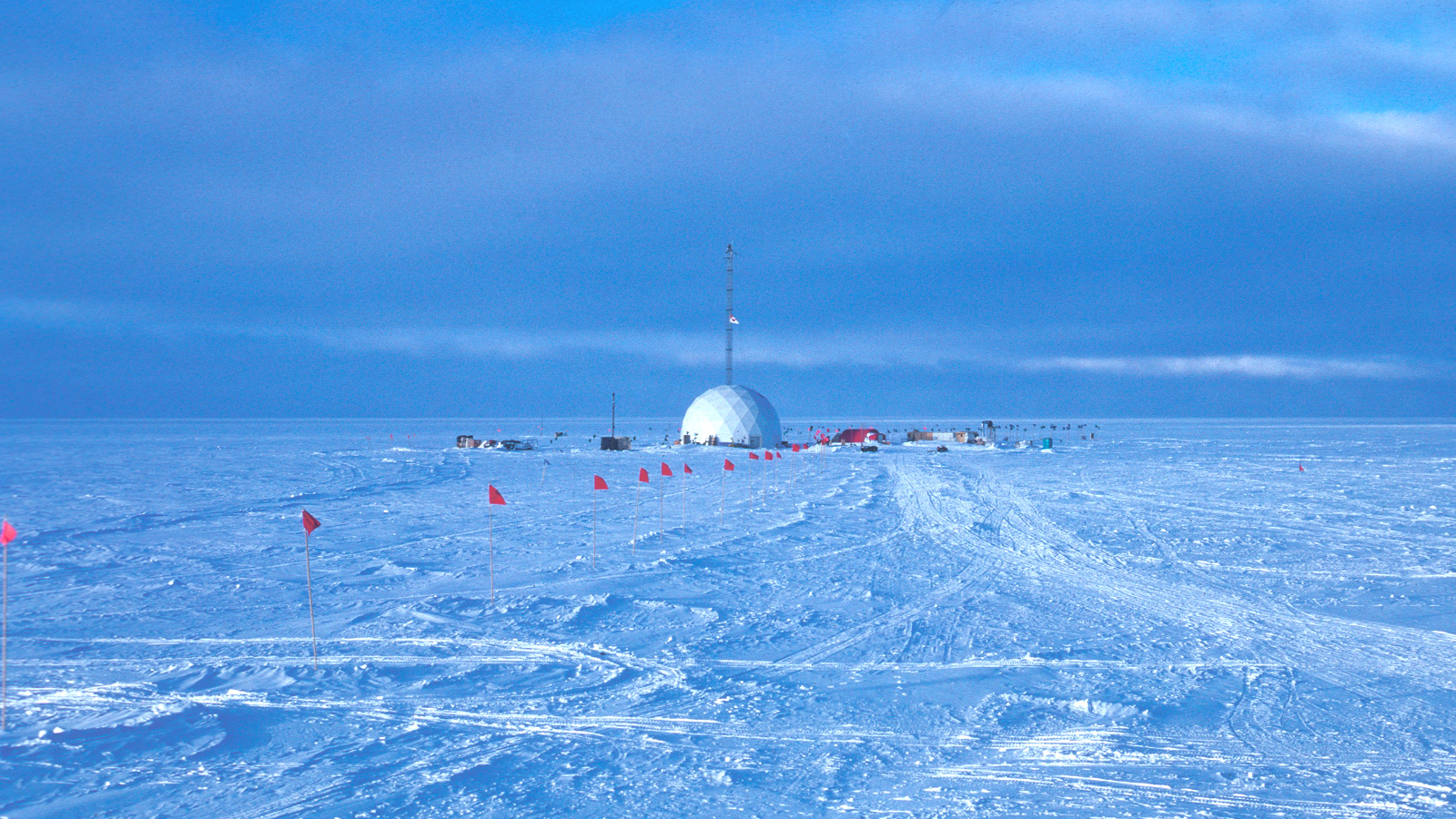Greenland Ice Sheet's Contribution to Sea Level Rise: A Growing Concern

Summary:
The Greenland Ice Sheet is melting at an alarming rate, contributing significantly to global sea level rise. This phenomenon is driven by climate change, and the acceleration of ice loss has profound implications for coastal communities around the world.Key Insights:
-
Accelerated Melting: The rate of ice loss from the Greenland Ice Sheet has increased in recent decades, with a notable rise in the past few years. This acceleration is primarily attributed to higher global temperatures and changing climatic conditions.
-
Impact on Sea Levels: The melting ice sheet contributes significantly to global sea level rise. Scientists predict that if the current rate of melt continues, sea levels could rise by several feet by the end of the century, threatening coastal cities and ecosystems.
-
Climate Change Link: Climate change is the main driver behind the accelerated melting of the Greenland Ice Sheet. Rising temperatures lead to more ice melt and also affect weather patterns, further exacerbating ice loss.
-
Global Implications: The implications of the melting ice sheet are global. Coastal regions around the world are at risk of flooding, and the changing climate may lead to more extreme weather events, affecting agriculture, infrastructure, and human livelihoods.
Takeaways:
The rapid melting of the Greenland Ice Sheet is a stark indicator of the impacts of climate change. Immediate and sustained action to reduce greenhouse gas emissions is crucial to mitigate further ice loss and protect vulnerable coastal regions from the devastating effects of rising sea levels.